Dear Sustainche Farm™ Community !
After presenting you four video clips (please click the link to open for your convenience)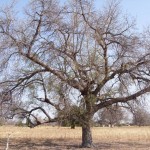 and being inspired by comments that we’ve received, Sustainche & Lisa enjoy to give you some more detailed information on how the Marula Oil / Odjove is produced.
and being inspired by comments that we’ve received, Sustainche & Lisa enjoy to give you some more detailed information on how the Marula Oil / Odjove is produced.
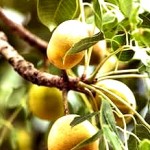 You might remember from the ‘The Marula Episode II – Omagongo’ posted on March 28, 2012 that during February and March the butter yellow marula fruits become ripe and they are collected from the ground under the tree. It is exactly during this time of the rainy season that many families in Central-Northern Namibia celebrate their very specific ‘Omagongo Cultural Festival’. Omagongo is the alcoholic marula drink which is produced from the fermented marula fruit flesh juice.
You might remember from the ‘The Marula Episode II – Omagongo’ posted on March 28, 2012 that during February and March the butter yellow marula fruits become ripe and they are collected from the ground under the tree. It is exactly during this time of the rainy season that many families in Central-Northern Namibia celebrate their very specific ‘Omagongo Cultural Festival’. Omagongo is the alcoholic marula drink which is produced from the fermented marula fruit flesh juice.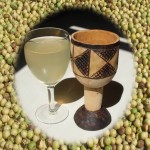
However, Sustainche Farm™ wouldn’t be Sustainche Farm™ if the farm family wouldn’t utilize all parts of the marula fruit. You might remember that while producing omagongo the kernels were separated and dried in the hot Namibian sun. It is only these kernels that are processed later and according to the farm calendar in May/June to produce the marula oil / odjove.
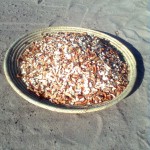 When compared to the olive oil production you can easily identify the difference: olive oil utilizes both, the fruit flesh and the kernels which together are grounded to extract the oil. This is one of the reasons, why marula oil is called ‘The Gold of Southern Africa’: It is simply a question of quantity when oil is extracted from kernels only. And, it is even going beyond the kernel ! Inside the kernel there are two or three seeds that are so rich in oil that a simple squeeze of the hand can release a significant amount.
When compared to the olive oil production you can easily identify the difference: olive oil utilizes both, the fruit flesh and the kernels which together are grounded to extract the oil. This is one of the reasons, why marula oil is called ‘The Gold of Southern Africa’: It is simply a question of quantity when oil is extracted from kernels only. And, it is even going beyond the kernel ! Inside the kernel there are two or three seeds that are so rich in oil that a simple squeeze of the hand can release a significant amount.
The day before odjove / marula oil was produced on June 10, 2012, it was H-Sustain™ who took the hard burden to crack open all the kernels stored in a big basket by hand and to collect the seeds.
You see that Sustainche Farm’s™ odjove production is traditional hand work only. There is not a single step in our odjove production where we use modern day’s machines, and this makes our marula oil so specific in terms of its pure and delicious nut taste. For the purpose of efficiently extracting oil Meme Tresia according to her Owambo traditions only utilizes a motar (oshini) inserted in the hard floor of the pounding room and the heavy pounding pole or pestle (omushi).
Let’s take a closer look to the four video clips inserted in this post (please click the link to open for your convenience), in order to better understand the extracting process:
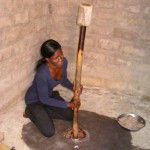 Step 1: In this first clip you see H-Sustain™ starting the two-fold extraction process. She has put the seeds in the mortar, sprinkled them with a pinch of salt and added not
Step 1: In this first clip you see H-Sustain™ starting the two-fold extraction process. She has put the seeds in the mortar, sprinkled them with a pinch of salt and added not more than a spoon of fresh water.
more than a spoon of fresh water.
Step 2: After the first round of pounding and when the seeds start to open, E-Sustain™ in this clip is busy with the second pounding action, and this is when the oil is efficiently extracted.
 Step 3: Now, how to separate the seeds nut cake from the oil ? Well, you need some traditional Owambo skills to do this and L-Sustain™ is the one to demonstrate the ‘know-how’ in this video clip.
Step 3: Now, how to separate the seeds nut cake from the oil ? Well, you need some traditional Owambo skills to do this and L-Sustain™ is the one to demonstrate the ‘know-how’ in this video clip.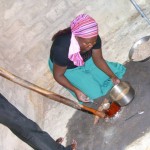
Step 4: Now it is to take out odjove from the mortar (oshini) with a bailer. Traditionally the nut cake is used to cook Owambo beans and to make them taste even more delicious. Sustainche & Lisa wonder what kind of miracle Mr. Urs Gamma from Gathemann Restaurant in Windhoek has in mind with Sustainche Farm’s™ marula oil nut cake … 😉
Enjoy the traditionally produced
Sustainche Farm™ Marula Oil / Odjove in your home kitchen
and at Restaurant Gathemann in Windhoek, Namibia !

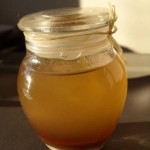

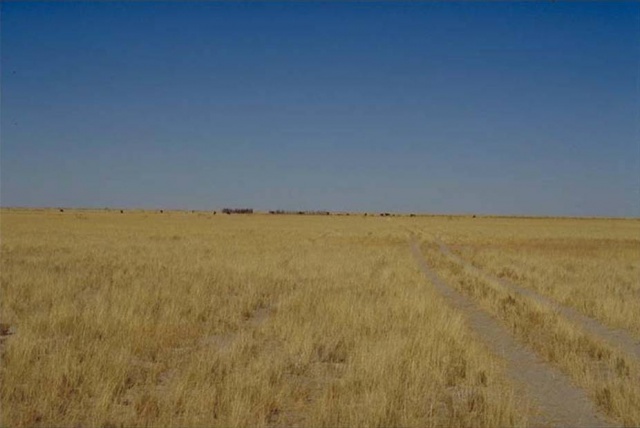
2 Responses to Sustainche Farm™ Project: The Marula Oil / Odjove Production Episode II